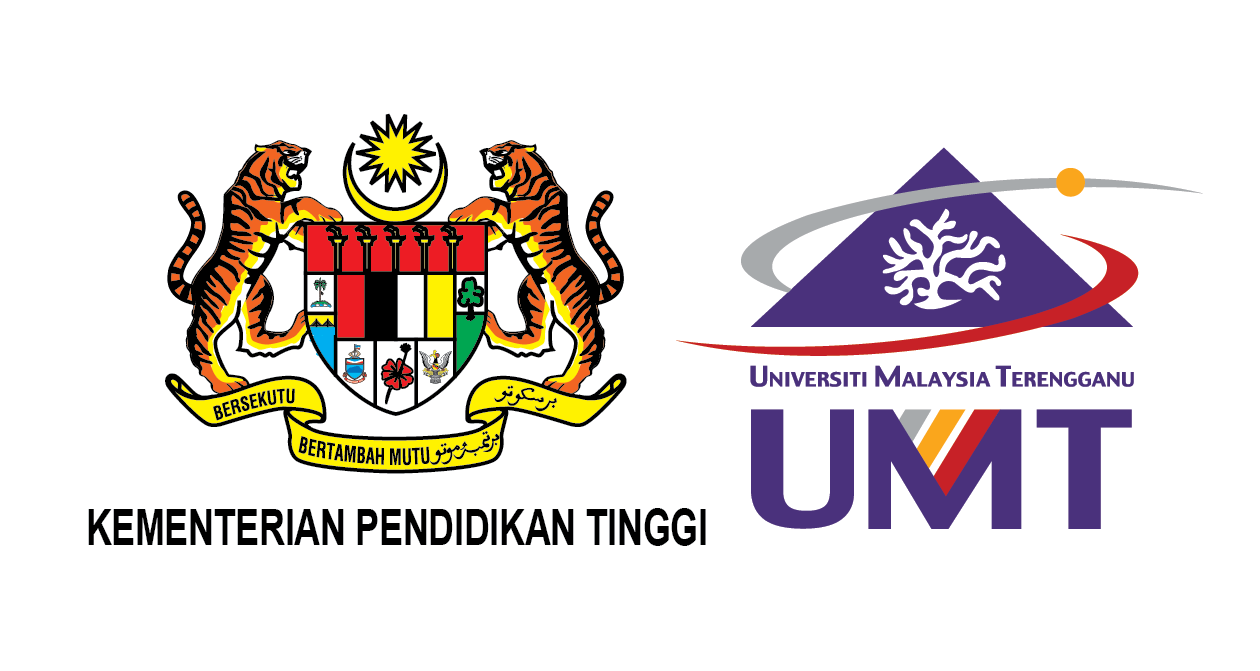Please use this identifier to cite or link to this item:
http://umt-ir.umt.edu.my:8080/handle/123456789/10437Full metadata record
| DC Field | Value | Language |
|---|---|---|
| dc.contributor.author | Nuruzaini Hasbollah | - |
| dc.date.accessioned | 2018-11-21T08:00:26Z | - |
| dc.date.available | 2018-11-21T08:00:26Z | - |
| dc.date.issued | 2007 | - |
| dc.identifier.uri | http://umt-ir.umt.edu.my:8080/xmlui/handle/123456789/10437 | - |
| dc.description.abstract | Nowadays, the structural of Malaysia economic have a better level based on the perfonnance percent of GDP at 6. 7 percent. According to the Economic Report and Bank Negara Report, the service sector plays an important role to generate the economic growth. However, before the service sector becomes the main important sector for Malaysia, it has been facing the non-stabilization of growing due to world economic crisis and the dependence of Malaysia economic to other sectors. In Ninth Malaysia Plan, the focus of economy Malaysia have shifted to service sector from manufacture sector because the great ability of the service sector in lead the economy. Based on the situation, the aim of this research is to analyze the productivity of service sector growth utilized two different analysis. First the productivity comparison between service sector to the whole economy. Second, the productivity between all the sub sectors of service sector. The Malmquist index represent two main component that define the technical efficiency (CU) and technology efficiency (TC) from the year 1995 to 2007. The result shows; first, the productivity index of service sectors increase within the year 2005 to 2007 even though the whole economic productivity decrease. Second, before 2004 the productivity level of service sectors are fluctuate. However from year 2005 to 2007 the productivity perfonnance of transportation, finance and utility sub sectors increase. The empirical evidence shows that the technology efficiency is better than the technical efficiency. The finding represents that modem technology has driven the productivity of service sector. As a conclution, this research able to provide an empirical evidence of the expansion path of the service sectors especially in the development of service sectors to the economic growth. The service sector able to achieve the vision 2020 with one condition, productivity must come first. | en_US |
| dc.language.iso | en | en_US |
| dc.publisher | Universiti Malaysia Terengganu | en_US |
| dc.subject | LP 59 FPE 2 2008 | en_US |
| dc.subject | Nuruzaini Hasbollah | en_US |
| dc.title | Laluan pertumbuhan sektor perkhidmatan di Malaysia | en_US |
| dc.type | Working Paper | en_US |
| Appears in Collections: | Fakulti Pengurusan Ekonomi | |
Files in This Item:
| File | Description | Size | Format | |
|---|---|---|---|---|
| LP 59 FPE 2 2008 Abstract.pdf | 547.56 kB | Adobe PDF | View/Open | |
| LP 59 FPE 2 2008 Full text.pdf Restricted Access | 3.82 MB | Adobe PDF | View/Open Request a copy |
Items in UMT-IR are protected by copyright, with all rights reserved, unless otherwise indicated.

